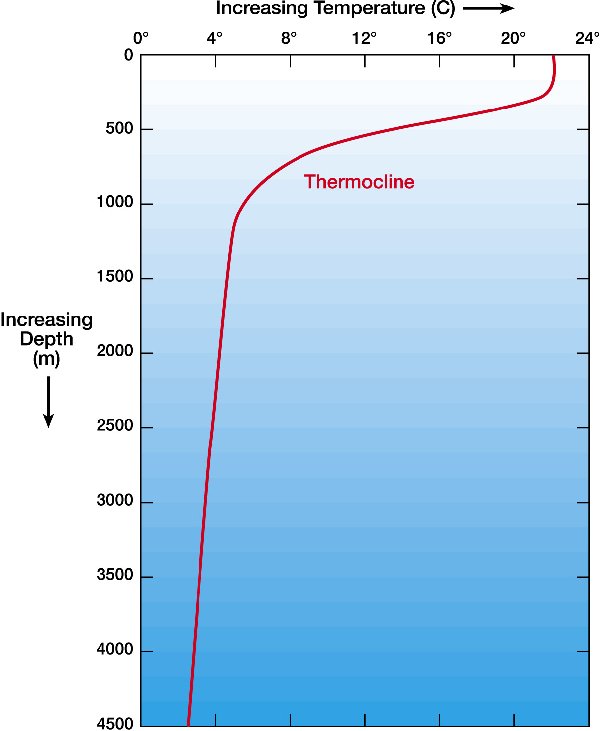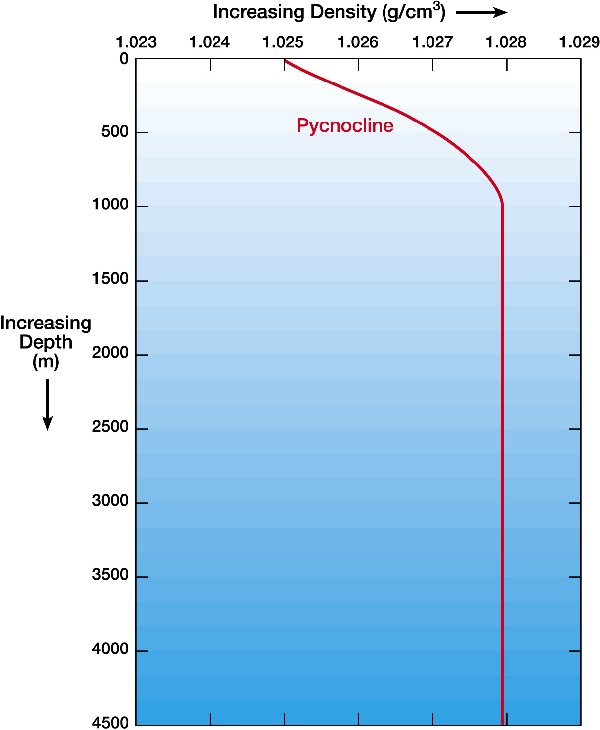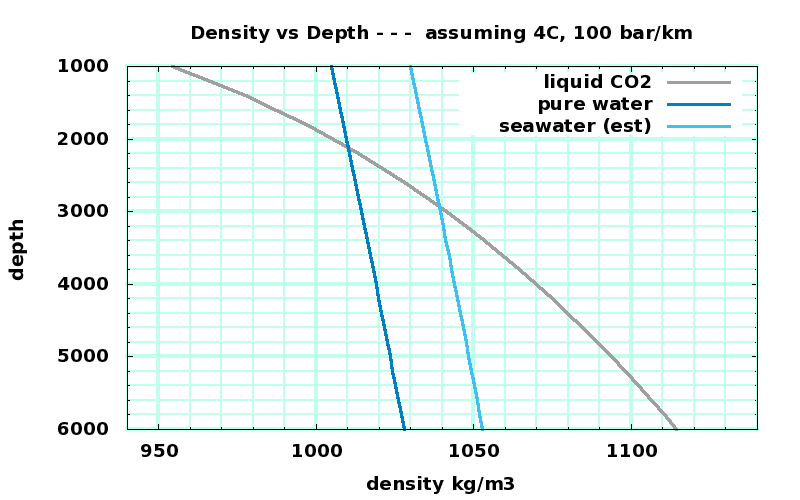|
Size: 6142
Comment:
|
Size: 6196
Comment:
|
| Deletions are marked like this. | Additions are marked like this. |
| Line 54: | Line 54: |
| This CO2 repository should not need to happen. Nobody should be building more carbon burners because something like this will relieve them of the responsibility. We should not be pumping the world's CO2 up to 700ppm, and this rather massive geoengineering project should only happen to save the planet from climate disaster, not to permit the continuation of sloppy practices. Storing CO2 like this is only a temporary stopgap, while systems are built to eliminate the CO2 and get back to 200ppm to 250ppm levels. If we decide to build a 100TW of systems to turn CO2 back into carbon and oxygen in 20 years, that might be preferable. | This CO2 repository should not need to happen. If it is needed, it should be geologically temporary. Nobody should be building more carbon burners because something like this will relieve them of the responsibility. We should not be pumping the world's CO2 up to 700ppm, and this rather massive geoengineering project should only happen to save the planet from climate disaster, not to permit the continuation of sloppy practices. Storing CO2 like this is only a temporary stopgap, while systems are built to eliminate the CO2 and get back to 200ppm to 250ppm levels. If we decide to build a 100TW of systems to turn CO2 back into carbon and oxygen in 20 years, that might be preferable. |
Storing Excess Atmospheric CO2 as a liquid in the deep ocean
First, it would be better to stop burning carbon entirely. That said, we would burn a lot more carbon if we start wars trying to force other countries to stop. Server sky and space energy is the best alternative to burning carbon, but that isn't here yet. When we have abundant energy from space, we can use some to clean up the atmosphere, so how can we do it?
Assume we are REALLY STUPID, and make 500ppm (by weight) of excess CO2 before we come to our senses. How much CO2 is that?
The atmosphere weighs 15 pounds per square inch, or about 10,000 kilograms per square meter. 500ppm by weight CO2 would be 5 kilograms of CO2 per square meter, or 5000 tons per square kilometer, or 2.5 trillion tons for the entire earth.
The deep ocean is about 4C; the pressure at 3km depth is about 300 bar. CO2 is a liquid at those pressures and temperatures and pressures, somewhat denser than water and more compressable.
Temperature versus Depth |
Density versus Depth |
|
|
from http://windows2universe.org note:curves are for SALT WATER |
|
|
|
Density vs Depth for CO2, H2O, and salt water (guesstimated) |
|
|
|
CO2 data: http://webbook.nist.gov/cgi/cbook.cgi?ID=C124389&Action=Page |
|
H2O data: http://webbook.nist.gov/cgi/fluid.cgi?ID=C7732185&Action=Page |
|
seawater density guesstimated from H20 + 25kg/m3 |
|
2.5 trillion tons of Liquid CO2 occupies about 2400 cubic kilometers.
So, imagine lining a deep ocean rift or narrow depression, below 3000 meters depth, with an impermeable liner, and filling it with liquid CO2. Cover with a floating lid to keep the CO2 from dissolving in seawater. The ocean surface above this lid must be kept clear of shipping. We don't want a ship sinking and penetrating the lid.
The area of the ocean is approximately 360 million square kilometers. Displacing 2400 cubic kilometers of ocean will raise sea levels by about 7 millimeters.
If the liquid CO2 goes into a dammed canyon, with 15 degree sloping sides and a 5 degree draw, then the area of the canyon will be large. The width to the side is 7.5 times the depth, and the length is 11.4 times the depth, so the volume is 14.2*depth3. The depth would be 5.5km, the length would be 63 km, and the width would be 41 km, occupying 1290 square kilometers of sea floor, or 3.5 parts per million of the ocean floor. Whether there is any suitable location (deep, steep edges, no unique species incapable of relocation) is an open question.
Given the relatively small density differences between seawater and LCO2, perhaps 10% of the density difference across a water dam on the surface, the dam itself could be relatively steep. While building a concrete dam at that depth is probably impossible, a fill dam with reinforcements and 45 degree facings should be quite robust. That would consume 200 cubic kilometers of rock, perhaps mined from the future reservoir area.
This would be a gargantuan reservoir, granted. But with rapidly increasing terawatts from space, we will have the resources to do this, as well as other tasks necessary to restore the Earth to a perpetually sustainable state.
Wild Handwaving to be replaced with Improved Calculation
We capture CO2 out of the atmosphere (somehow), compress it isothermally to liquid (10MJ/ton? WAG) and push it down a pipe into the reservoir, using perhaps 3E19 joules to do the work. With 1TW devoted to the task, we could do all that sequestration in a year. In future years, we can release some if we need to stop an ice age.
Most of the CO2 reservoir should be "geologically temporary" - two hundred years at most. Over time, the carbon should be separated and put to work elsewhere, as structure or biomass.
MORE DETAILS on process and energy requirements later.
Turning Back into Oxygen and Carbon
The heat of formation of CO2 is around 400KJ/mole, about 10MJ/Kg, about 20GJ per ton at 50% efficiency. At a 20TW rate, the process might take 80 years.
Launching to Space
As we produce habitats for life in space, we will need carbon and energy for them. One place to get it is from our under-ocean store. Launching will use a lot of energy per ton; If we launch with 50% efficiency to 10,000 m/s, then we will need 100GJ per ton, 10,000 times as much energy as we needed to sequester it. At a 20TW rate, the process might take 400 years.
Again, it would be best to avoid this
This CO2 repository should not need to happen. If it is needed, it should be geologically temporary. Nobody should be building more carbon burners because something like this will relieve them of the responsibility. We should not be pumping the world's CO2 up to 700ppm, and this rather massive geoengineering project should only happen to save the planet from climate disaster, not to permit the continuation of sloppy practices. Storing CO2 like this is only a temporary stopgap, while systems are built to eliminate the CO2 and get back to 200ppm to 250ppm levels. If we decide to build a 100TW of systems to turn CO2 back into carbon and oxygen in 20 years, that might be preferable.
Our responsibility is for the wellbeing of the planet, not for picking culprits and punishing them. If you are a live human being reading this, you are drawing energy from the planet, and you are one of the culprits. Best to develop perpetually sustainable ways to feed your own energy habits, not punish others for failing to meet standards you yourself cannot. Nature is not healed by misanthropy.



